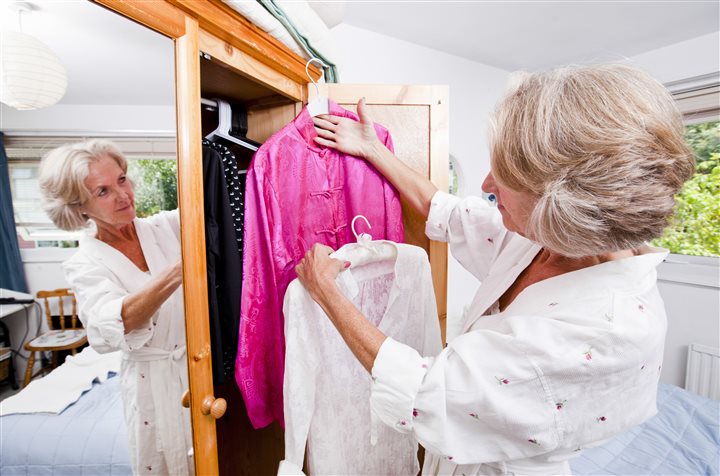Take Care of Your Skin: Drive Sunny Skin Safe


By Brandy A. Schaffels for AskPatty
The sunny days of summer are here, which means that now is the time to be especially aware of your sun exposure. Skin cancer is the most common cancer in the United States. The sun’s ultraviolet (UV) radiation is associated with most cases of skin cancer, which will affect one in five Americans over a lifetime.
Each year in the U.S. more than 5.4 million cases of non-melanoma skin cancer are treated in more than 3.3 million people. SkinCancer.org estimated 76,380 new cases of invasive melanoma were diagnosed in the U.S. in 2016.
When I drove a convertible, I always kept sunscreen in the glovebox and baseball caps on the back seats to protect my passengers from the sun. Living in sunny Los Angeles meant my top was down a lot, so sunscreen and hat/ponytail hair were a part of my daily routine.
Did you know that it’s important to protect your skin from sun exposure, even when you’re inside a hard-top car, and even when the windows are rolled up? Millions of Americans receive a large portion of their sun exposure — without even knowing it — through the windows of their cars.
While glass effectively blocks most UVB rays, and laminated windshields are specially treated to block both UVA and UVB rays, a car’s side and rear windows can allow more than 60 percent of the sun’s UVA rays to penetrate to your car’s interior. If you’ve got young children riding in the back seat, then it’s even more important to protect their tender skin from sun exposure through the side and rear windows.
According to SkinCancer.org, dermatologists have observed that patients in the U.S. often have more sun damage (which can lead to wrinkles, leathering, sagging, brown “age” spots, and even skin cancers) on the left side of their faces than on the right. Why? Research increasingly points to ultraviolet A (UVA) radiation penetrating through car windows. (In additional support of this thesis, the opposite is true in countries where drivers operate their vehicles from the right side of the car.)
Drivers’ heads and necks receive the most UV exposure, so it’s no surprise that SkinCancer.org reports that 82 percent of skin cancers are found on the patients’ heads or necks.
I’ve long since ditched my Volkswagen Cabriolet, but still love driving my Ford Fiesta with my sunroof open; for best protection, SkinCancer.org recommends a solid, closed roof on your car. If you have a sunroof or a convertible top, wear a hat, preferably a wide-brimmed one (3 inches or greater all around). At the very least, be sure to apply sunscreen to exposed areas of the face, neck, and scalp.
The arm is the second most common area for skin cancers, so, in addition to applying sunscreen, avoid propping your elbow up on the open window while you drive. SkinCancer.org recommends that drivers and passengers keep both arms inside the car, and suggest long-sleeved shirts as a helpful sun-protective option.
What Else Can You Do to Prevent Automotive Sun Exposure?
 Automotive window film is a beneficial option to prevent UV ray exposure, says Mark Keesling, business manager at 3M. Automotive window films can block up to 99 percent of harmful UV rays, while providing an SPF of up to 1,000, which is why the American Cancer Society recommends them.
Automotive window film is a beneficial option to prevent UV ray exposure, says Mark Keesling, business manager at 3M. Automotive window films can block up to 99 percent of harmful UV rays, while providing an SPF of up to 1,000, which is why the American Cancer Society recommends them.
Budget needn’t be a concern either: Keesling says protective window films are available in a variety of price ranges. And while many states have strict regulations regarding the darkness of window tints, there are many clear film technology options available today to avoid this concern.
Additionally, whether they’re tinted or not, these protective window films can provide excellent heat rejection, which is an added bonus during the warmer months of the year — particularly for those who live in especially sunny climates. Besides protecting your passengers from the possibility of skin cancer, these protective films will also protect your car’s interior from the damaging effects of the sun, including the ugly fading and cracking that occurs over time.




